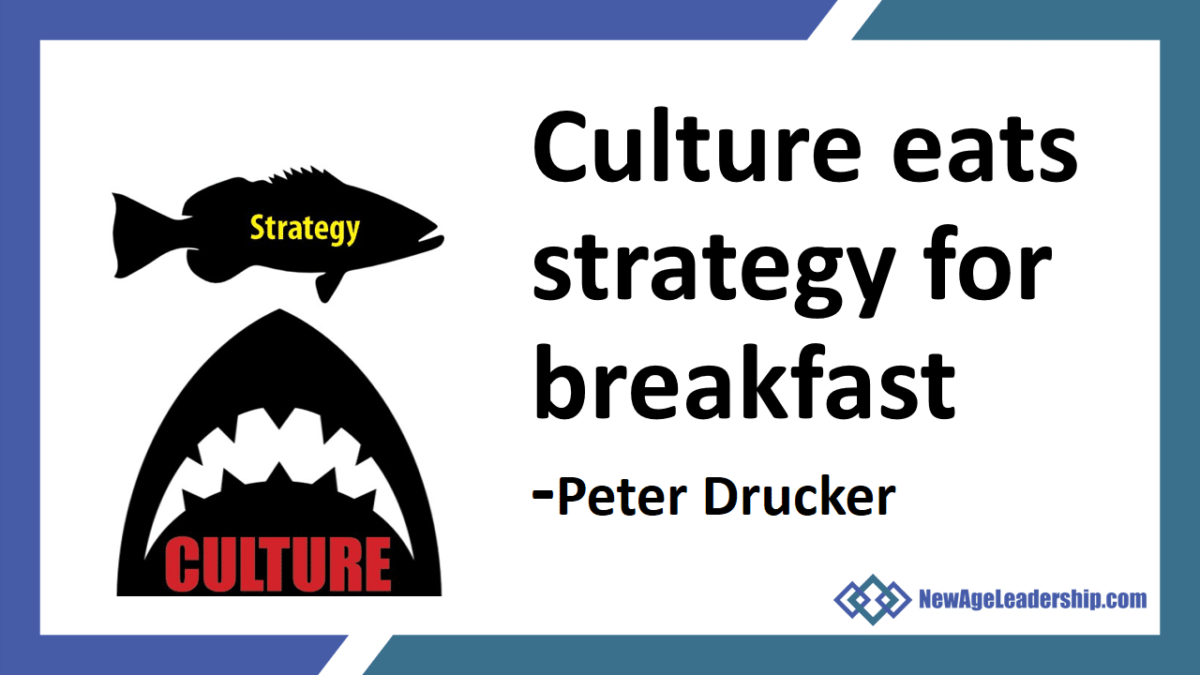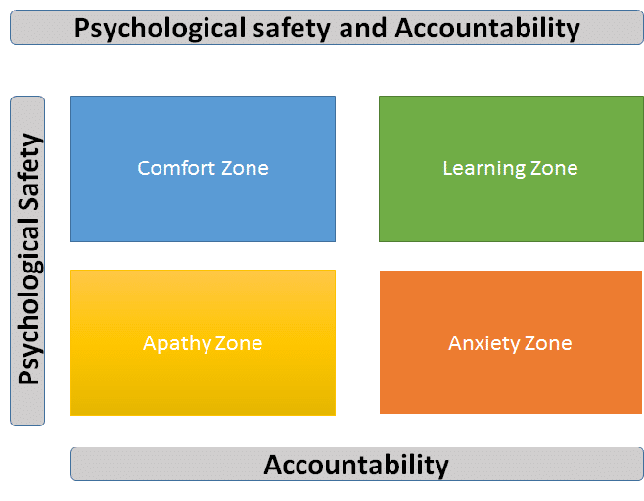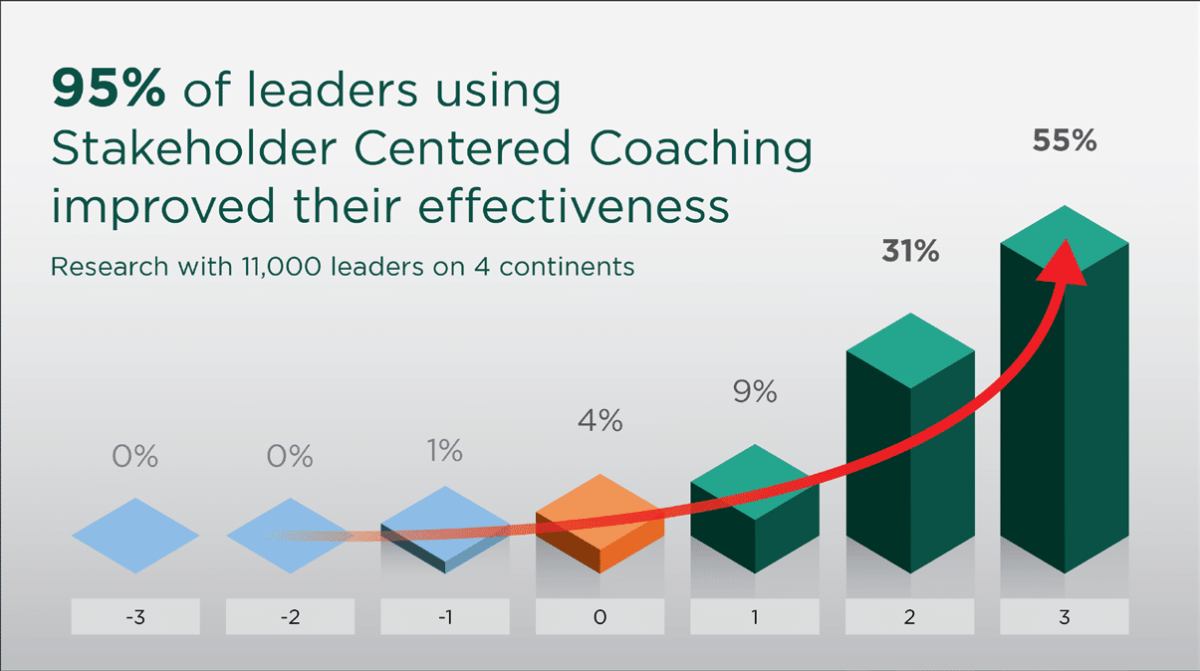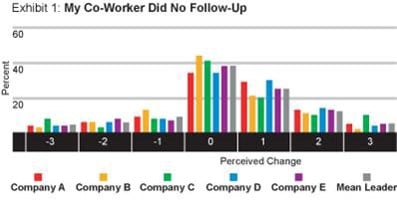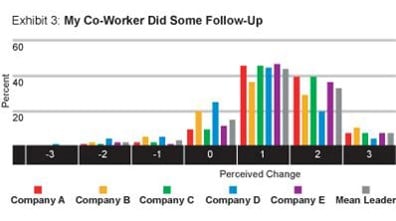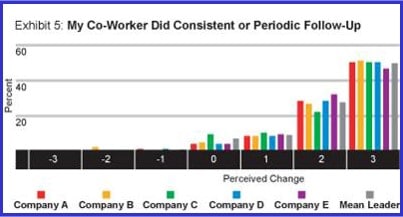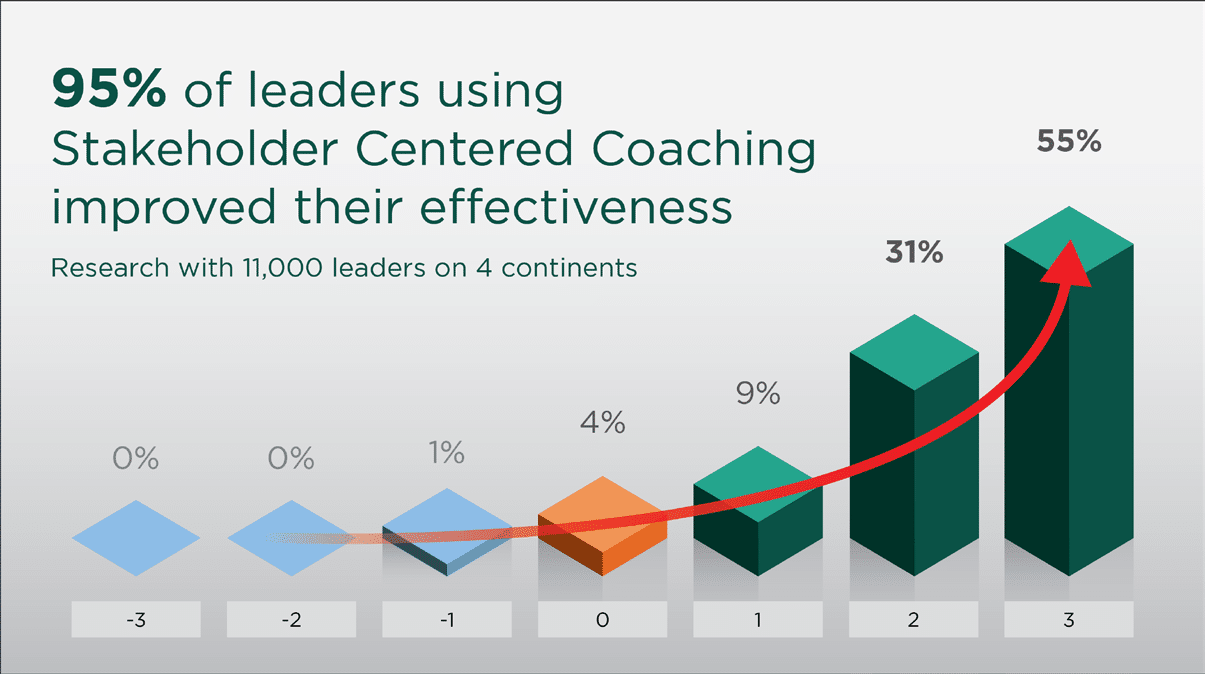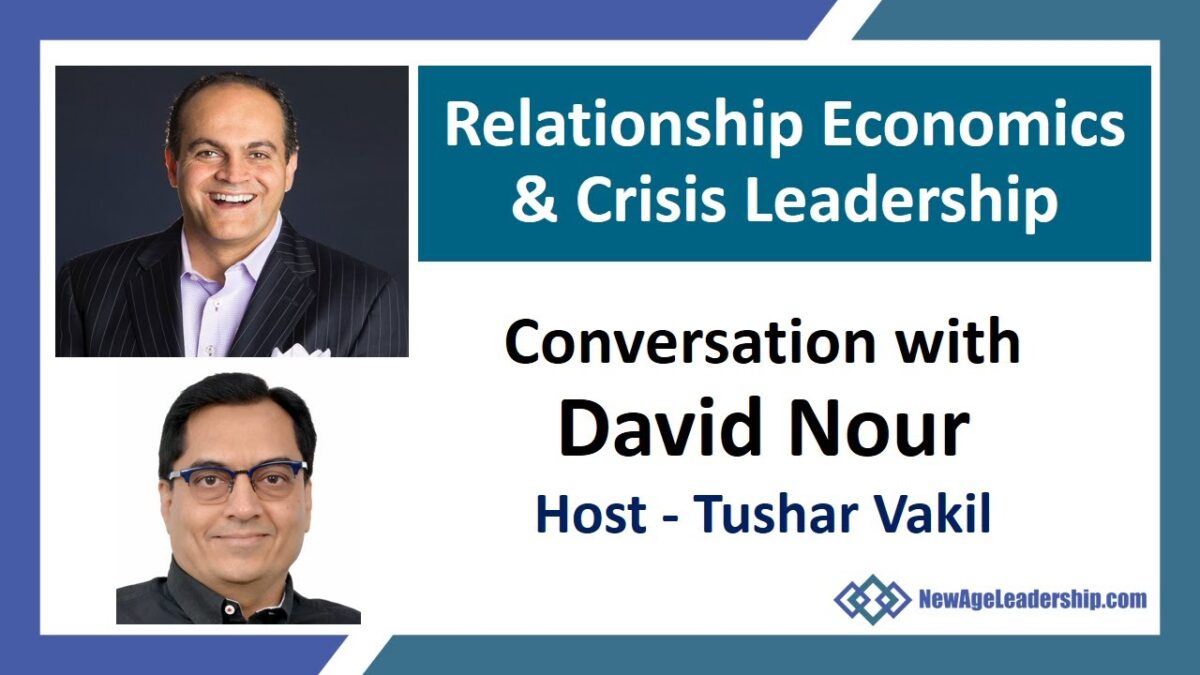
Culture eats strategy for breakfast is a quote attributed to Peter Drucker, the management guru. What is the meaning of the quote? Peter Drucker was talking about organizational culture and how it impacts the execution of strategy in organizations.
Culture not only eats strategy for breakfast, but it may also eat change agility for lunch and innovation for dinner. Any strategy that doesn’t take into account the culture of the organization is likely to fail.
Leaders in organizations tend to focus more on strategy. The strategy is relatively easy to understand and create. Culture is complex and intangible and hence tends to get less attention from top leaders. But ignoring culture leads to underperformance and may even lead to the organization going out of business.
What is strategy?
Strategy can be defined as the method or plan that the organization chooses to achieve its long-term goals. The strategy is deciding the direction and choosing the path to get there. The strategy is often decided by the top management and communicated to all organization levels to execute it. One of the important aspects of deciding a strategy is to consider the organizational culture.
What is culture?
Here are a couple of definitions of organizational culture.
Stated, organizational culture is “the way things are done around here” by Deal & Kennedy, 2000
“Organizational culture is a system of shared assumptions, values, and beliefs, which governs how people behave in organizations.”
It is how people in organizations do things. It is the attitude of the people. It is also the unwritten rules and norms that employees follow. Just as every individual is unique, every organization has a unique culture. Starbucks, Google, Tata group, etc., are some examples.
When we talk about these companies, we have a perception of the culture – how the employees in this particular company get things done.
Starbucks may bring to mind a culture of customer service. Google brings to mind the casual way of work, the open offices, the employee perks, and a culture of innovation. Tata group may bring to mind their values, ethics, and care for employees.
The unwritten norms
Culture is the way people do things in an organization. Those are the unwritten rules that exert influence on the behavior of the employees.
For example – let’s say you join a new company. The work timings are from 8 am to 5 pm. That is the written rule probably in the HR manual.
However, if you see most of your team members working late till 6 pm or later, what will you do? Will you leave work at 5 pm? Probably not. You will learn to follow the unwritten rule to stay at the office until 6 pm.
Culture is often invisible and intangible. But it exerts a powerful influence on how employees think, feel, and act. Over time and with reinforcement (either intentional or accidental) from the leaders, it becomes self-perpetuating and self-sustaining.
The culture iceberg model
Edgar Schein, professor at MIT’s Sloan School of Management and an organizational culture expert, has proposed the culture iceberg model. Culture lives at three distinct levels.
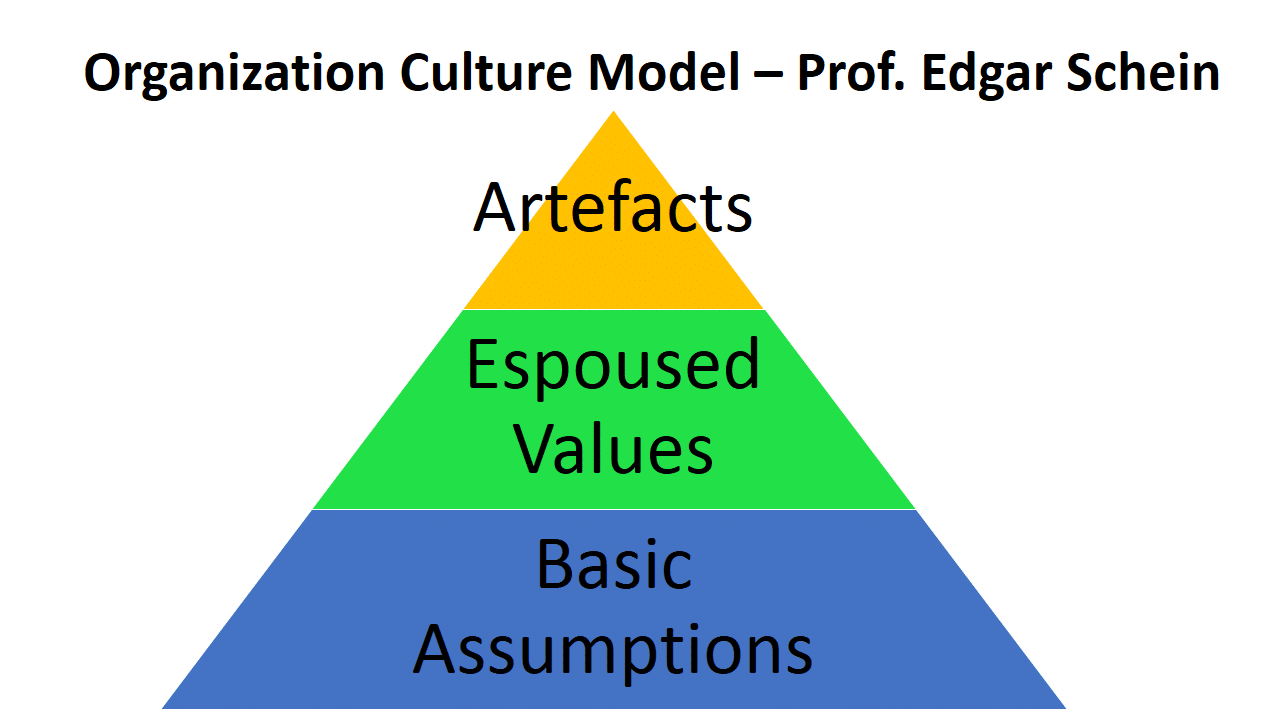
1. Artifacts:
Artifacts are the things at the surface level of the organizational culture. It includes “visible” symbols of the culture. Things like offices, furniture, how people dress, language, tone, practices, ceremonies, etc.
Often people misunderstand the artifacts as the culture – as it is the visible part. But there is much more. Just like an iceberg, the majority of the culture lies beneath the surface and is not visible.
2. Espoused values
Values are often advertised on the company office walls and the company websites and brochures. Edgar Schein calls these as espoused values.
Often, there is a discrepancy between the values on the wall and the actual behavior of leaders and employees in the organization.
3. Basic assumptions
These are the beliefs and assumptions that people refer to when doing their work and interacting with others. These beliefs are often unconscious. They may even be perceptions and feelings that are taken for granted.
This is the deepest level of the cultural iceberg. It is the most difficult level to understand and improve.
How culture eats strategy for breakfast
Culture has inertia and loves the status quo. It resists all attempts to change. Even if the strategy is brilliant, it cannot succeed without considering culture as a factor. Is the culture supportive?
Then the strategy has a good chance of getting implemented. Otherwise, it is quite likely that the culture will eat the strategy for breakfast! Culture and strategy are two sides of the same coin.
Often strategy gets attention, and culture doesn’t. Companies pay a heavy price for ignoring culture while working on their strategy.
Planning a strategy without considering the culture is like planting the soil without considering the type of soil. If you plant the right seed in the wrong soil, the seed will die.
Similarly, if you have a strategy for which the culture is not conducive, it will fail miserably. Culture and strategy are interrelated, and they reinforce each other.
How do we create a culture where change, innovation, and growth?
Successful companies invest time, money and effort in creating cultures that differentiate them from others. Culture is a strategic advantage and a competitive differentiator. Culture impacts the performance and productivity of the organization.
It dictates how employees interact with one another, how they treat customers, how they think about quality, and how they deliver value to customers, investors, and society.
Industrial age vs. information age
In the last three to four decades, we have rapidly moved from the industrial age to the information age. In the industrial age, the value was delivered by standardization.
There was only one right and most efficient way to do things. And everybody had to do it the same way. The pace of change was slower, and there were relatively long periods of stability before there was a change in process, technology, competition, or customer demand.
In such an environment, the culture of command and control leadership thrived. Employees had to be controlled to maximize efficiency. They were rewarded and punished using the carrot-and-stick approach to management.
However, in the information age, the pace of change is frenetic. Competition is global. Advances in technology create continuous change and transformation.
Customers constantly demand more and better value and service. The best way to deliver value in the information age is to learn, change, and innovate faster than the competition.
Employees need to contribute. Management has shifted from control to empowerment. Command and control generate fear. And fear inhibits creativity and innovation. Companies have realized that culture is an important driver of performance and hence there is now a consistent focus on creating a culture where employees volunteer their discretionary effort instead of doing just enough to keep their jobs.
In fact, no 21st-century organization can afford a culture of fear. In fact, the opposite is true. Organizations create “psychological safety” so that they can maximize the contributions of their talent.
A good culture is where employees feel motivated, empowered, and rewarded. In return, they treat customers with care, concern, and respect. This becomes a self-reinforcing cycle. It can also work in the opposite direction. Unmotivated and disempowered employees take out their frustrations on customers. This creates a toxic culture that impacts the performance and profitability of the company.
Today, in a competitive and global business world – both customers and employees have a lot of choices. If they don’t feel valued, cared for, and respected – they may prefer to engage with a competitor who does value them.
Read : “Psychological safety – What is it and why do you need it?”
Culture as a strategic and competitive advantage
Several research studies have indicated that companies that proactively focus on creating and managing their culture significantly outperform companies that let culture happen.
Instead of culture eats strategy for breakfast, the new approach is to think of culture as a strategic and competitive advantage.
Companies like Google have found that creating the right culture is key to attracting and maximizing the talent pool. Google’s spent 2 years, millions of dollars, immense brainpower, and analytics ability to find out what makes teams successful. To their surprise, they found that who is on the team didn’t matter much.
What contributed to the team’s success was the team culture and team norms. Now, this is true even for Google where most of the work done is highly technical and all of the employees are highly intelligent and carefully recruited.
How leaders contribute to creating a high-performance culture that drives the strategy
Leaders have a critical role in creating a culture that supports the strategy.
One of the best ways the leader creates a culture is by role modeling the desired behaviors, coaching the next level of leadership, and ensuring the right structures that support the right cultural norms.
Read: Your Executive Leadership Development – Sink, Swim or Setup for Success
One of the best examples of a leader driving organizational culture change and creating a high-performance culture is Alan Mulally’s turnaround of Ford Motor Company.
When Alan took over Ford, it was on the way to reporting a $17 billion loss for the year. In his 8 years as the Ford CEO, he steered the company through the Financial crisis of 2008 (without taking a bailout), restructured the massive global company, returned the company to profitability, and doubled the stock price.
And he didn’t do it just by cutting jobs and laying thousands of people off. In a company where unions rule – his approval rating stayed at 90% or more during his tenure.
This is a fantastic case study on how instead of a culture eats strategy for breakfast, creating a culture can drive it.
Read: Organizational Culture Change – The Ford turnaround story by Alan Mulally
What kind of culture are your leaders creating?
The first step is to assess the leadership behaviors that create the culture. Are your leaders creating the culture intentionally or accidentally?
Are they exhibiting the behaviors that create a high-performance culture? Or do their behaviors stifle engagement and performance?
Assess your leaders for the behaviors which are creating your company culture using our Global leadership assessment GLA 360. Find out more.
In conclusion
The culture eats strategy for breakfast is true for many organizations. Leaders love talking strategy. It is tangible and visible. It is easier to understand and to create.
Culture, on the other hand, is intangible, invisible, and difficult to understand. Consequently, it doesn’t get the attention it deserves. But it exerts a powerful influence on every aspect of the organization.
Culture lives at multiple levels. Often culture is confused with artifacts. Just changing the artifacts is NOT changing the culture.
Casual Fridays or ping-pong tables may be good. But they are just the visible part of the cultural iceberg. Changing culture means changing the underlying beliefs and assumptions – the deepest part of the cultural iceberg. Leaders play a critical role in creating and sustaining the organizational culture.
One of the leader’s most important jobs is to create a culture that supports the strategy they want to implement. In fact, organizational culture is a strategic and competitive advantage.
Reference
